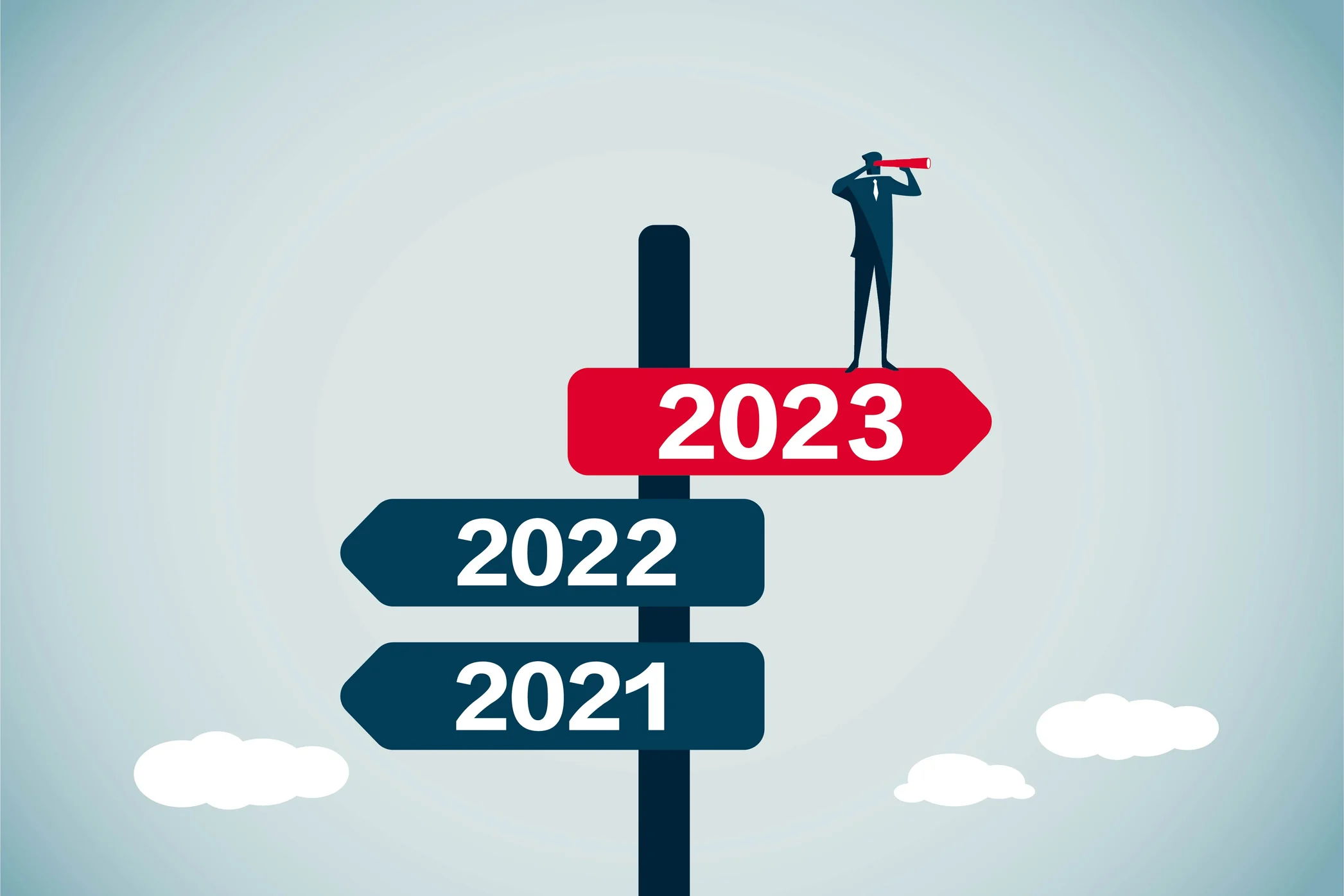Marketing Funnels: What They Are and Why They’re Important
If you’re a small-to-midsize business owner—whether you’re running a fast-growing e-commerce store or a local contracting business—you’ve probably heard about marketing funnels. Maybe you’ve even tried building one. But in 2025, the way customers buy has changed, and understanding the marketing funnel is more important than ever for sustainable growth.
In this post, I’ll break down what a marketing funnel is, why it matters for your business, and how to build and optimize one step-by-step. This is all aimed at helping you get more qualified leads, close more sales, and make every marketing dollar work harder.
What Is a Marketing Funnel—and Why It Matters
Let’s start simple: A marketing funnel is a way to visualize the stages a potential customer goes through—from hearing about your business for the first time to eventually buying from you.
Picture it like this: lots of people hear about your product or service, some get interested, fewer ask for more info, and even fewer become paying customers. The funnel helps you track that journey and guide people from just looking to actually buying.
The marketing and sales funnel is more than a buzzword. It’s how smart businesses build predictable systems to turn traffic into revenue. And for most small companies, that means using less guesswork and making marketing work efficiently at scale.
The 3 Core Stages of the Marketing Funnel
To build a successful marketing funnel, you first need to understand the three main stages of the funnel: Awareness, Consideration, and Decision.
Each stage of the marketing funnel maps to what your customer is thinking and what they need from your marketing and sales teams.
1. Top of the Funnel: Awareness
At this top of the funnel stage, people are just discovering you. They may not even know they have a problem yet, or they’re just beginning to look for options.
- What the customer is thinking: “I have a problem or need, and I’m starting to explore solutions.”
- Your job: Grab attention and educate. Focus on brand awareness and lead generation.
Best tactics for the Awareness stage:
- Content marketing (blogs, videos, infographics)
- Social media
- SEO
- Paid ads for traffic
- Influencer marketing
This phase of the funnel is about engagement, not sales. Your marketing funnel strategy here is to start a conversation, not push a product.
2. Middle of the Funnel: Consideration
Now your audience knows who you are. They’re comparing options—including you.
- What the customer is thinking: “I’m researching businesses that can solve my problem.”
- Your job: Build trust and give helpful info that positions you as the best choice.
Best tactics for the Consideration stage:
- Case studies and testimonials
- Product or service comparisons
- Email marketing sequences
- Webinars or free demos
- Downloadable guides or checklists
This middle of the funnel is where leads become more qualified. Make it easy for them to learn more, ask questions, and understand how you’re different.
3. Bottom of the Funnel: Decision
This is where the sale happens—or doesn’t.
- What the customer is thinking: “I’m almost ready to buy. Who’s the right provider for me?”
- Your job: Make it super clear why choosing your business is the right move.
Best tactics for the Decision stage:
- Free trials
- Coupon codes or limited-time offers
- One-on-one sales calls
- Customer reviews
- Detailed product pages
The bottom of the funnel is where your marketing tactics need urgency and clarity. A great call-to-action (CTA) can make or break the sale.
How to Create a Marketing Funnel
You don’t need a million-dollar budget to create an effective marketing funnel. You just need a solid foundation.
Here’s how to create a marketing funnel that actually works.
Step 1: Identify Your Audience Segments
Before you build anything, you need to know who you’re trying to reach.
- What problems do they have?
- Where do they hang out online?
- Are they homeowners looking for sod? Business owners looking for contractors?
Tailoring your marketing funnel strategies based on clear customer segments will make every step of your funnel more effective.
Step 2: Choose the Right Marketing Channels
Not every digital marketing channel works for every business. For local service businesses, Google Search and local SEO are a must. For ecommerce stores, social media and influencer marketing might drive more traffic. Pick the marketing channels that align with the customer journey you’re targeting.
Step 3: Create Stage-Specific Content
Each stage of your marketing funnel needs its own content. One size doesn’t fit all.
- Top of the funnel: Blog posts, social videos, explainer content
- Middle of the funnel: Product comparisons, testimonials, solution-focused guides
- Bottom of the funnel: Sales pages, demos, CTAs
If you’re trying to close sales with a blog post meant for Awareness, you’re using the wrong tool for the job.
Step 4: Use Automation Where It Makes Sense
Tools like email marketing platforms and CRM software can help you stay in touch automatically. Set up email sequences that send the right message at the right time, depending on what stage of the funnel a lead is in. This is foundational for a highly effective marketing funnel.
Best Practices to Move Leads Through the Funnel
Here are some best practices to guide your sales and marketing teams in helping leads move through each funnel stage.
Nurture With Email Marketing
Once someone enters the funnel, don’t let them drop off. Use email marketing to drip valuable content, answer questions, and build a relationship.
The right email at the middle of the funnel can move a lead to a sale. Set trigger-based emails for:
- Abandoned carts
- Downloading a guide
- Requesting a quote
- Visiting your pricing page
Give Clear and Compelling CTAs
Every piece of marketing content should have a purpose—and a clear CTA. Whether it’s “Book a Free Estimate” or “See How It Works,” don’t assume people know what to do next. Tell them.
Stay Consistent Across Channels
Keep your message and branding consistent across your funnel. A customer moving from a Facebook ad to your site to your emails shouldn’t feel like they’re dealing with three different businesses.
That’s how you create trust—and trust shortens the customer journey.
How to Measure Funnel Performance (And What to Track)
Just creating a funnel alone won’t boost sales. You have to track what’s working—and what’s not.
Let’s look at marketing funnel metrics that matter at each funnel marketing stage.
Top of the Funnel Metrics
- Website traffic volume
- Social engagement
- Ad impressions and click-through rate (CTR)
These show whether your marketing campaign is generating awareness.
Middle of the Funnel Metrics
- Time on site
- Email open/click rates
- Resource downloads or webinar signups
These indicate people are spending time evaluating your product or service.
Bottom of the Funnel Metrics
- Conversion rates
- Cost per acquisition (CPA)
- Lead-to-customer ratio
These show the real performance of your marketing and sales funnel. If you’re not closing leads, it’s time to rethink your offer or your CTA.
Funnels Aren’t Set-It-and-Forget-It Systems
Finally, here’s an important takeaway. A marketing funnel is not a one-time project. It’s a living part of your business. As your audience shifts, platforms evolve, and your products change, your digital marketing funnel has to shift with them. So revisit your funnel regularly:
- Tweak your content when performance drops.
- Try new channels if others dry up.
- Add automation when scaling gets hard.
The effectiveness of your marketing funnel depends on how much care you put into it.
Wrapping It All Up
A smart, well-built marketing funnel can help you grow in 2025, without throwing more money at ads or constantly chasing leads. By guiding people through the different stages of the funnel with the right marketing content, automation, and data tracking, you create a system that turns attention into sales. So whether you’re selling home remodels, fresh sod, or online products, take the time to build a marketing funnel for your business because a good funnel isn’t a luxury anymore. It’s a must-have tool for scaling small and mid-sized businesses in today’s competitive market. Make sure your marketing funnel works at every stage, and you’ll spend less time hunting for leads—and more time closing deals.
Need help creating a successful marketing funnel? Our team specializes in building real funnels that serve service-based and ecommerce businesses across the U.S. We’d be happy to help you create your marketing funnel from the ground up or fine-tune what you already have.
Let’s make your marketing work smarter—not harder.








0 Comments